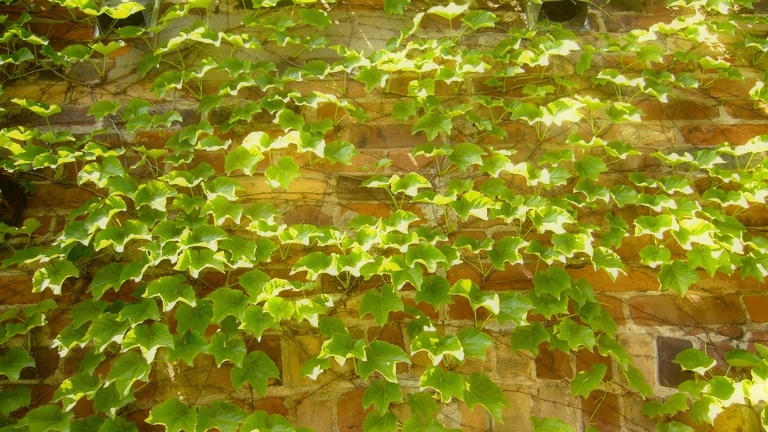Compulsory Exercise: Heat island effect (TORONTO)
FC-02x Livable Future Cities (1st Run) - Compulsory Exercise 2

Uploaded on 2015-11-04 by camyonge
**2. Which are the main UHI effects that you can identify in your area?** Toronto's temperature varies a lot within the seasons, where its not unheard of having summers that's up to 30 degrees, and -30 degrees in winter. Truth is, a higher temperature in winter time is welcomed. However, I've observed something odd about our roads and sidewalks in many parts of the country, they're all cracked! Now, my explanation is the temperature difference between the seasons, because concrete expand and contract with the temperature. The picture below is a good example. I shot it beside the Gardiner Express way on a hot summer day, where's there a lot of concrete and exposed to sunlight. When I walked there in the evenings, the bump is actually at a level. It could just be me, but I've noticed less cracking in some areas that have more vegetations, especially in the suburbs. I'm also an avid gardiner, and last year, I planted a few hundred daffodil bulbs. This year, I actually observed that there's a difference of as much as two weeks when they flowered, and the ones that are more exposed near the concrete sidewalks flowered earlier. That difference never did occurred to me last year, considering they are all the same variety. ![enter image description here][1] **3. Which are the measures you would propose?** I like the idea of having high density areas because I think its more efficient in servicing them, as well as heating and cooling them. This is evident downtown. Toronto is actually lucky in a way that it is one of the most heavily treed city in North America and we are proud of our urban forests. Though I think we've done well, I think we should do more, such as incorporating low-cost, low maintenance living walls using native vines in some barewalls of some buildings in our cities. They add aesthetic value to the building, and they actually lower the cost of cooling our building and can also lower the pollution by giving off fresh air. ![enter image description here][3] **4. Is UHI effect concerning policy making in your area?** I've never heard of any laws and policies regarding UHI effects in Toronto. However, the city has environmental laws regarding constructions, such as a requirements of having green roofs for new constructions. In fact, some private buildings have put in green roofs on their own, and as we know, green roofs are good in minimizing the effects of UHI. Also, I've observed that the newer roads and sidewalk constructions are prestressed, and they seemed effective in minimizing the cracking I mentioned earlier. I think the city is actually doing a good job in maintaining our trees, and more are being planted. This is especially true in our city's current efforts of urban renewal in Regent Park and Canary District, where nature is incorporated in the new design. ![enter image description here][2] (St James park near the financial district) [1]: https://edxuploads.s3.amazonaws.com/1446650515318797.jpg [2]: https://edxuploads.s3.amazonaws.com/1446652850241577.jpg [3]: https://edxuploads.s3.amazonaws.com/14466534463106172.jpg